What is the Forecast for the S&P 500 in 2022?

8 minutes for reading
The new year 2022 did not start off well for the S&P 500 (US500): the index recorded a decline, losing 4.5% of the price over 6 days, and touching the 50-day Moving Average again. Since April 2020, the prices have dropped to this line 16 times, only breaking through it on two occasions; yet, even in those cases, they started moving upwards again.
This means that if we had traded breakaways of the 50-day MA, all of our positions would be profitable. So, when the prices touched the line again, there was a short instance of growth afterwards. However, this time the situation is different.
In previous years, the US Federal Reserve System used to help the stock market, pouring money into it. But now, the Quantitative Easing programme is coming to an end, and the interest rate increase has been announced.
This puts more pressure on the stock market because loans are becoming more expensive. As a result, the S&P 500 could need a much deeper correction.
How deep can the S&P 500 fall?
Let's see how the market reacted earlier to the winding up of the QE and the interest rate increase. Following the mortgage crisis of 2007, the Fed started a cycle of interest rate increases in 2016.
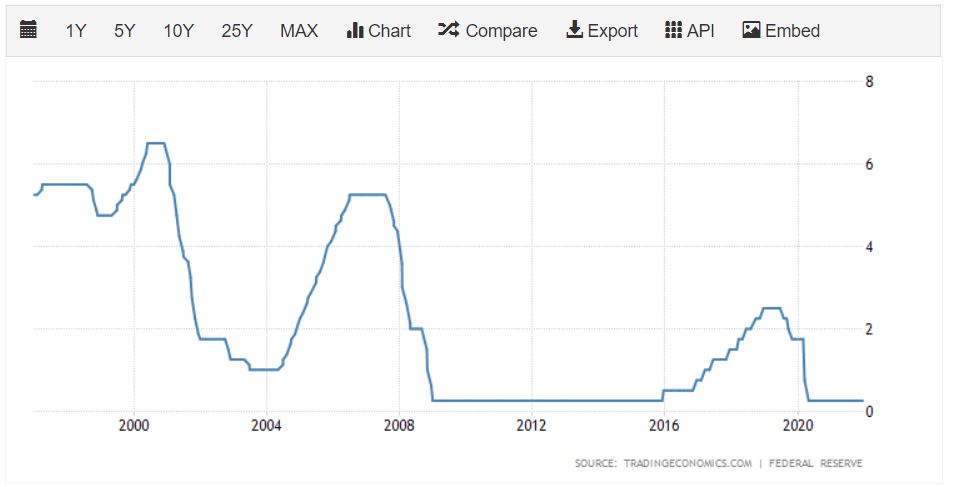
The QE programme had been completed a bit earlier in 2015.
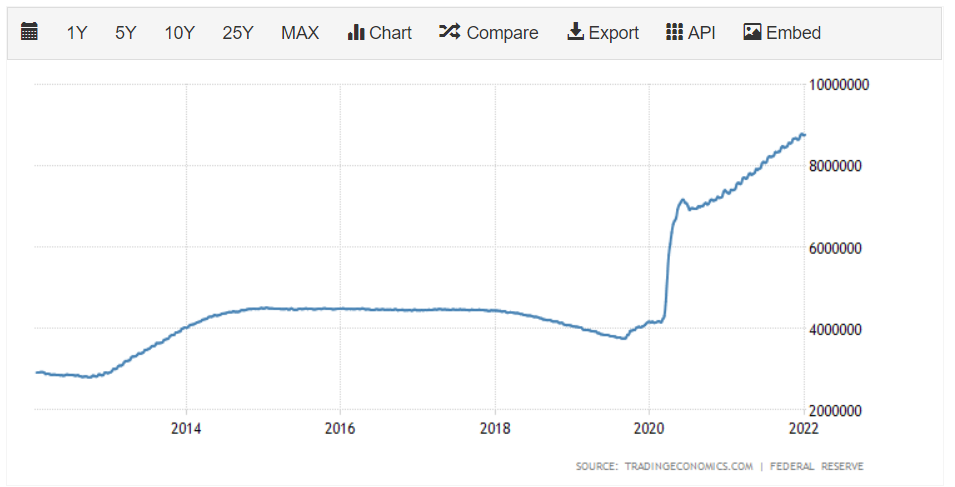
How the S&P 500 reacted to the end of the QE and the interest rate increase
The beginning of 2015 was similar to that of 2022. The index started falling, losing 5.3% over 4 days; then it recovered quite rapidly and traded at the highs without serious growth.
In the middle of 2015, the S&P 500 started correcting again because market players had been informed that the interest rate would go up. As a result, the prices lost 14% and broke through the 50-day MA. The index tried to recover then but failed to renew the highs.
In December 2015, the Fed lifted the interest rate to 0.5%, causing another decline of the S&P 500 by 14.7%. Thereafter, the prices touched the 200-days MA, which was its next support level.
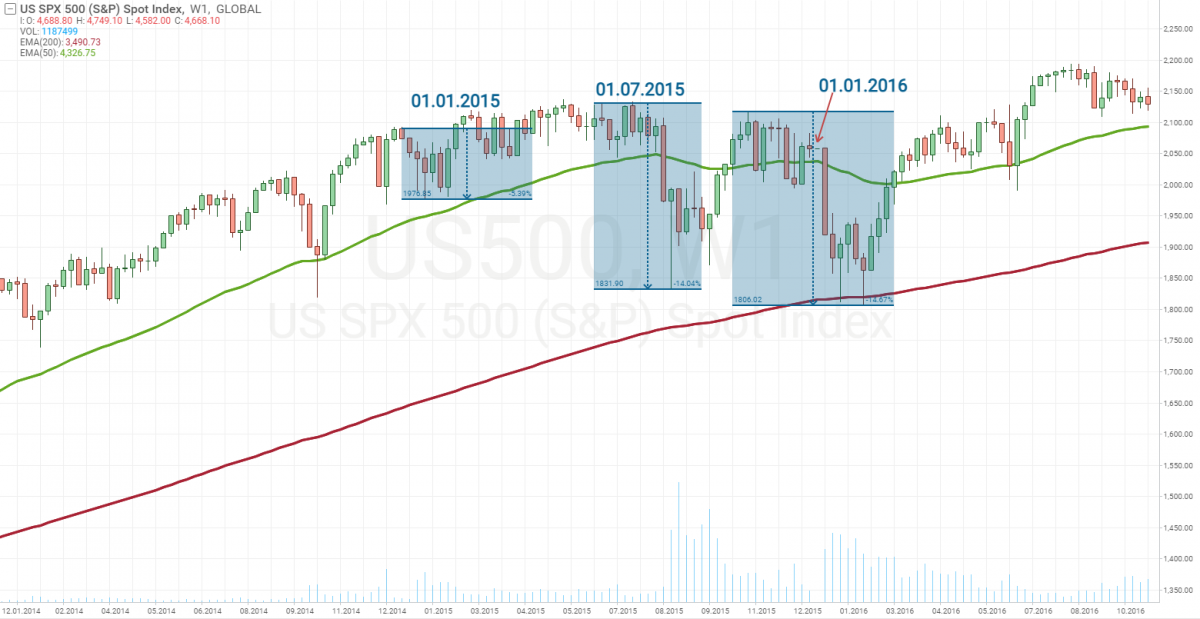
Following the introduction of tax incentives for businesses, the prices headed up without serious corrections.
How the S&P 500 reacted to a decrease in the Fed balance
The index kept growing until the Fed decided to cut down on the balance. While they previously stopped buying assets, they now started selling them. The QE programme included not only the purchase of bonds to suppress the interest rates on them, but also the acquisition of other financial institutions that provided cheap loans to businesses.
So, the Fed started driving money out of the financial system, which automatically led to an increase in the bond rate, made new loans more expensive, and hindered access to them because banks became more cautious and therefore more demanding towards borrowers. Also, keep in mind the growing interest rate.
Now take a look at the US 10-years treasury bond yield: in 2018, it grew 40% from 2.3 to 3.25%. This was the result of the Fed policy.
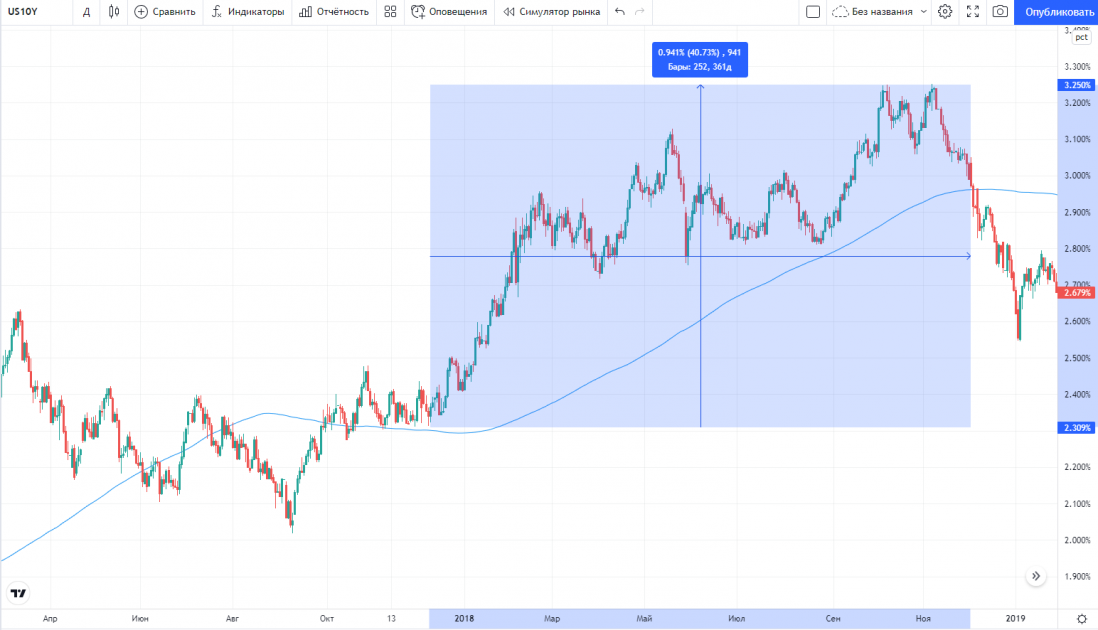
Such a situation makes it harder for businesses to develop. All in all, investors took the news negatively, and the S&P 500 started falling. In the first wave of decline, the index saw a 12% drop – the prices touched the 50-day MA and bounced off it.
Then the all-time high was renewed and another correction began, this time by 20%. Thereafter, the prices touched the 200-days MA.
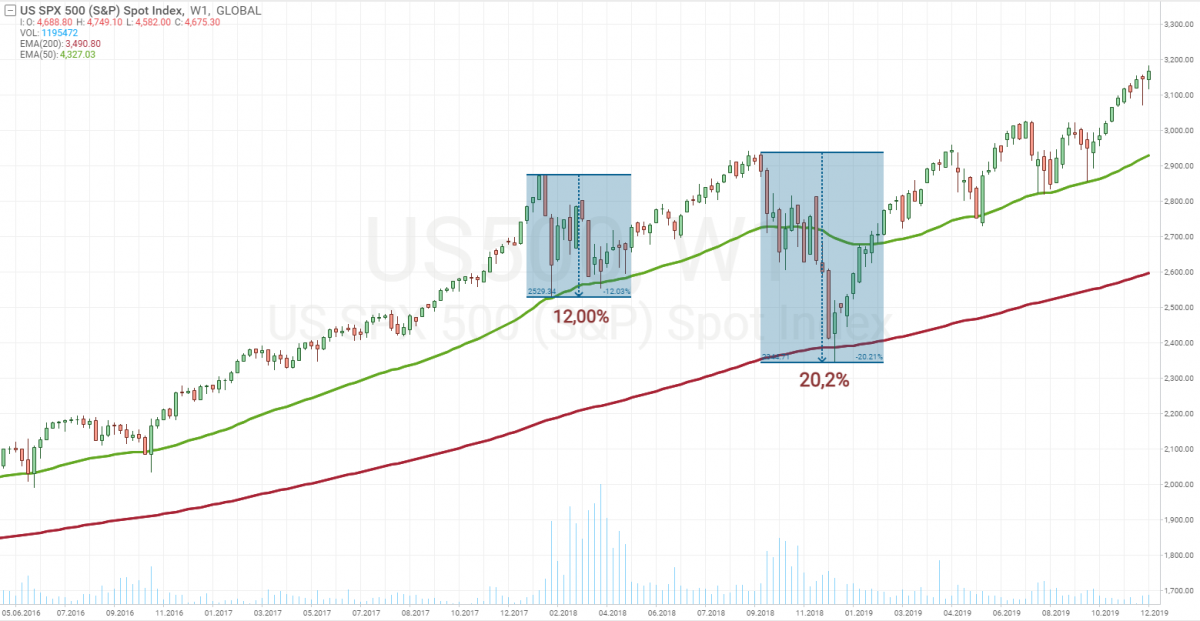
Then the S&P 500 headed for its all-time high, renewed it, and kept growing. So, the situation developed in the same way as in 2015: the 50-day MA was touched, then the 200-days MA, followed by prolonged growth.
How is 2022 different from 2015 and 2018?
We can forecast the behaviour of the S&P 500 in 2022 based on historical data. Yet there are several details that can answer why this year is different.
Firstly, the Fed is only cutting down on the QE programme, which means money will still be poured into the economy. However, as soon as the QE programme shuts down, the amount of money from the Fed will be falling to zero. In 2015, the Fed started by cutting down on the QE and only increased the interest rate a year later. This year, alongside winding up the stimulation, Jerome Powell voiced his strong inclination to increase the interest rate at the next conference, and go on this way.
So, let's try to apply these fundamental events to the chart. In 2015, the cutting-down on the QE led to a correction of the index to the 50-day MA. Hence, in Q1 2022 we expect a test of this line on W1. Currently, these are the levels of 4,200 and 4,400 USD. Then the prices will try to return to the all-time high, but the increase in the interest rate will hinder this movement.
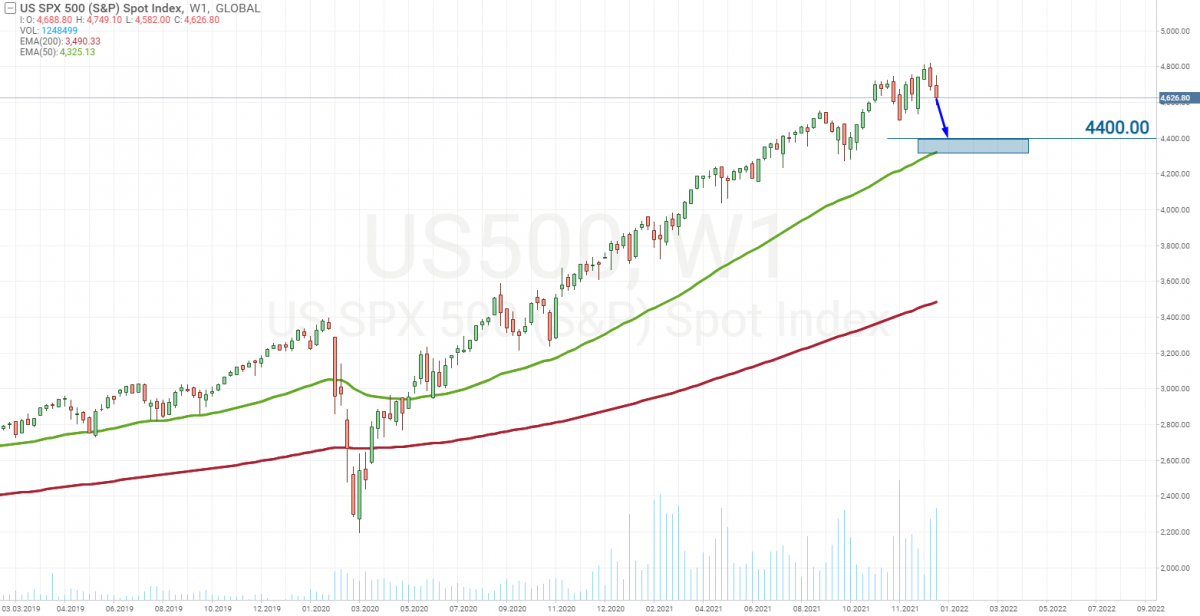
This can cause quite a deep correction, driving the price to the 200-days MA. We can't tell which level this line will be at now, so let's use the 2016 decline of the S&P 500 as a guideline. In 2016 the prices dropped 15% from the all-time high, so this time we expect a decline to 4,000 USD.
Secondly, the current situation is different from that in 2015 due to inflation. If the tapering of the QE combined with the interest rate increase does not manage to stop its growth, the Fed will have to cut down on the balance sheet, just like it did in 2018. In this case, a correction might reach 20% of the current high, which is 3,800 USD.
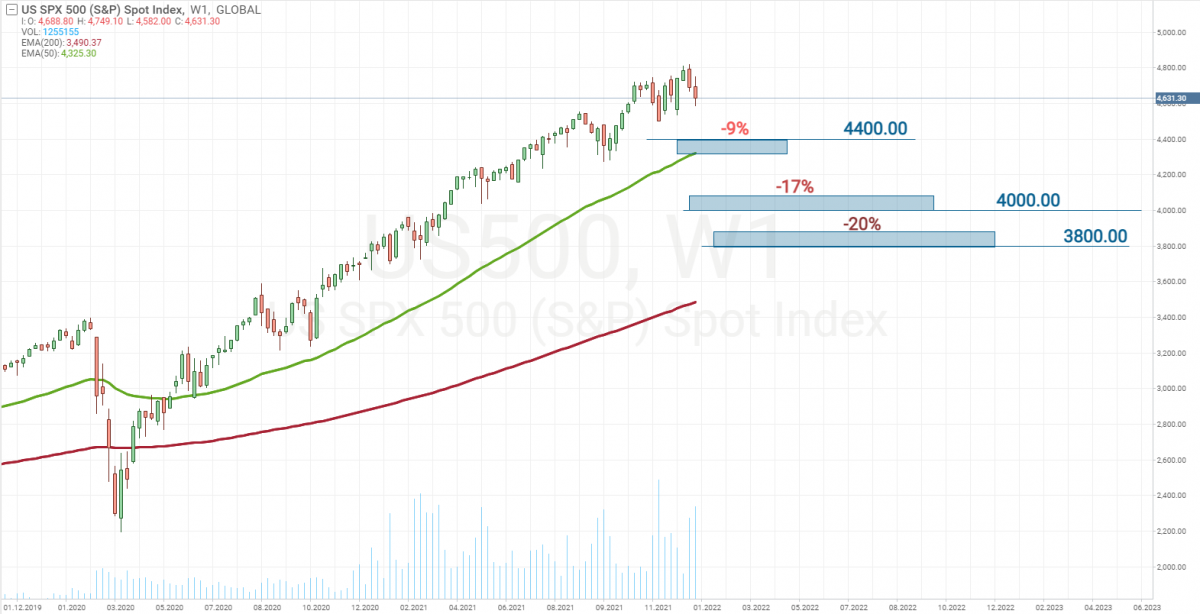
Bottom line
The first piece of bad news is the decrease in the QE: the market already knows it, and the prices of the index are gradually going down.
The second piece of bad news is the interest rate increase. We do not know when this will happen; the market is waiting, and the Fed is studying the possible consequences of the tapering of the QE programme.
On the one hand, the stock market panic will make the Fed postpone the increase in the interest rate or raise it minimally. On the other hand, inflation calls for immediate action.
The situation seems quite difficult, yet in reality, things are not that bad. Thanks to the high prices for goods and services, US companies have increased their capitals to 7 trillion USD. A part of the funds is allocated for BuyBack, and many count on this money.
Goldman Sachs points out that the cash accumulated by companies can become the main driver of stock price growth in 2022. This means that if there is no panic in the market, the Fed will start increasing the rate rapidly and, may perhaps think about cutting down on the balance at the end of the year. Hence, there will be enough obstacles for the index price growth.
The Fed is not interested in clashing the stock market, so be careful in your attempts at making money on the decline of the index price. We have seen possible correction levels. A decline in the index is generally viewed by investors as an entry point. Just be careful when calculating the volumes, so the possible 20% correction does not harm your deposit.
BuyBacks carried out by large companies will support the stock index. In other words, the end of the world is not due in 2022.
* - Past performance does not predict future returns.
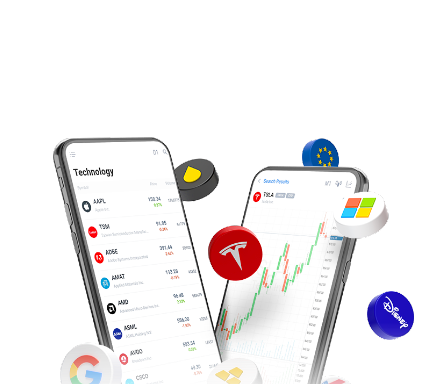


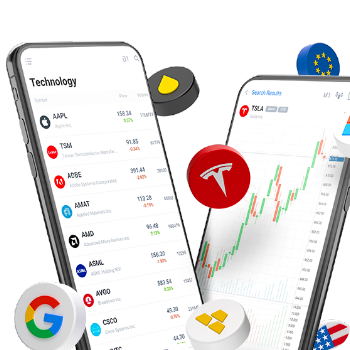

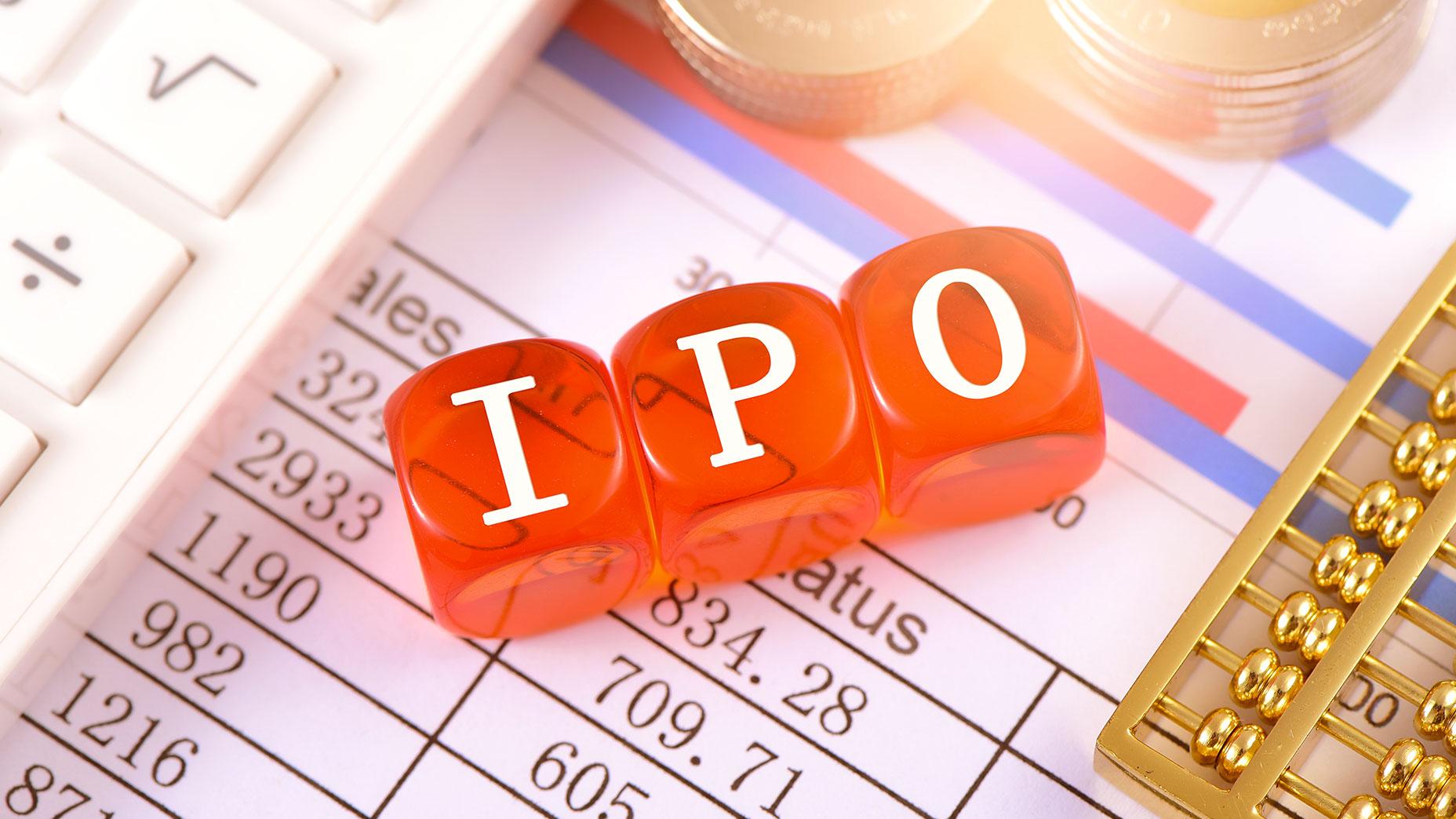
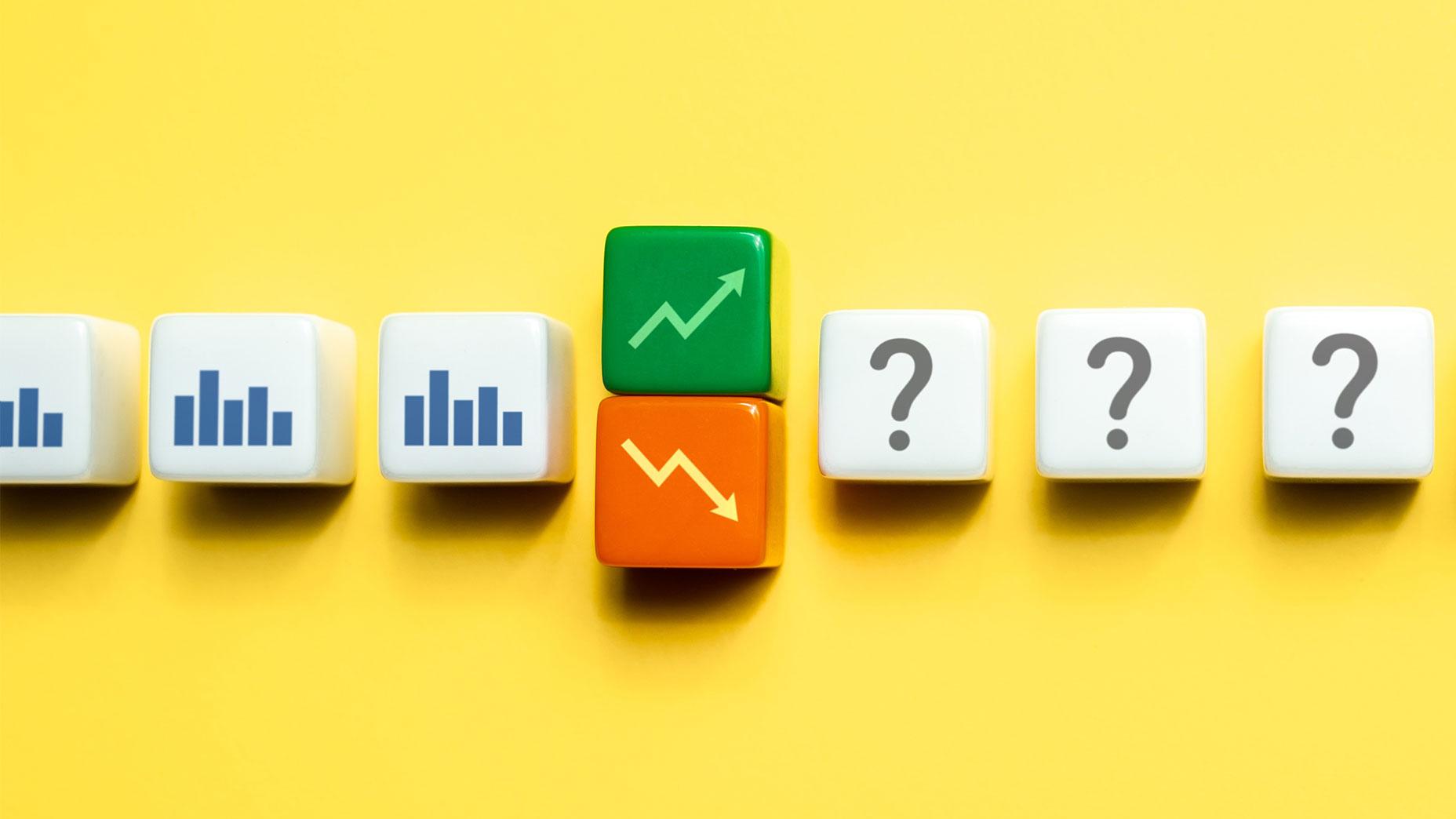

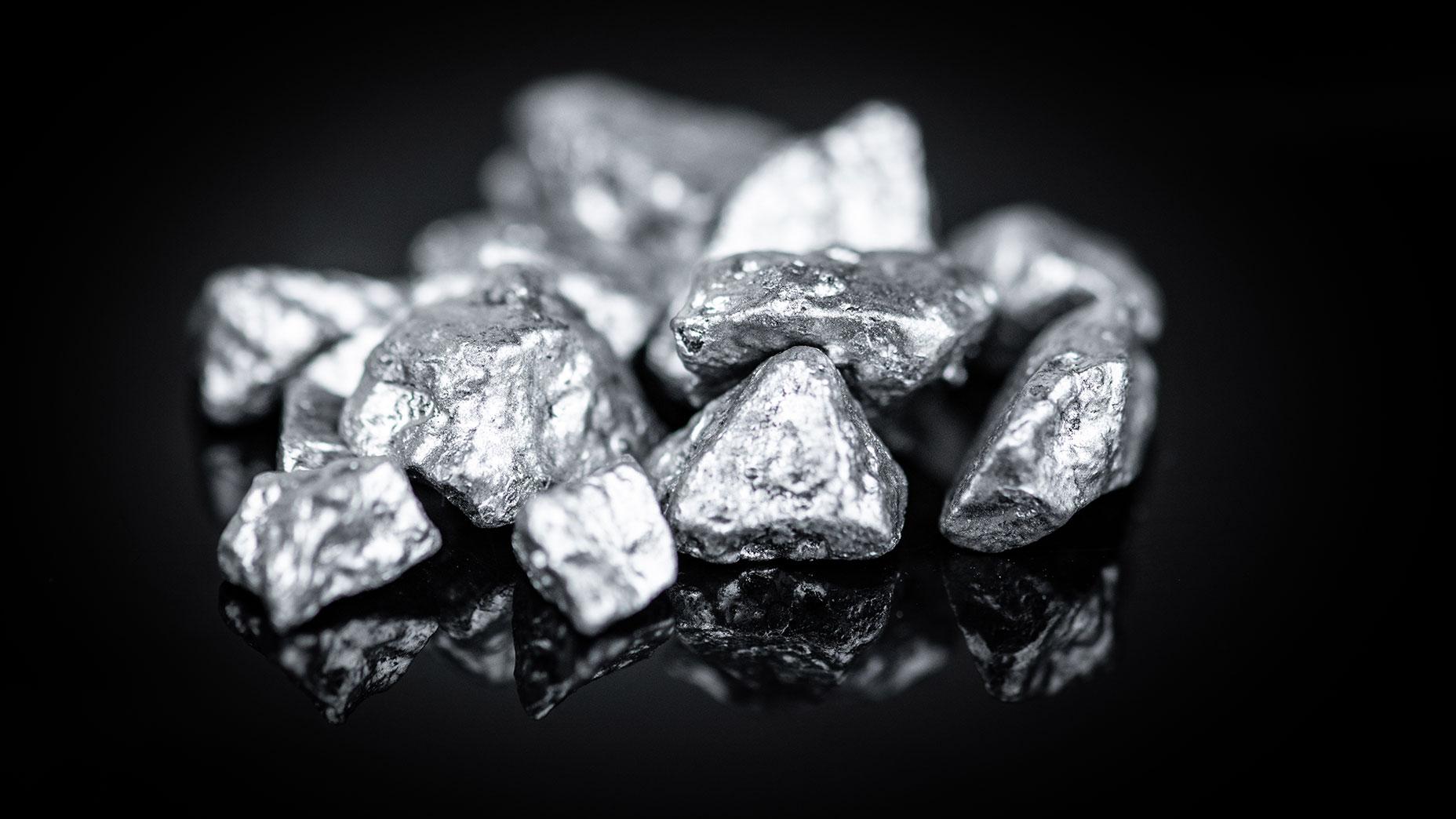



 are complex instruments and come with a high
are complex instruments and come with a high  of losing
of losing  rapidly due to
rapidly due to  . 65.68% of retail investor accounts lose
. 65.68% of retail investor accounts lose  when trading
when trading  with this provider. You should consider whether you understand how CFDs work and whether you can afford to take the high
with this provider. You should consider whether you understand how CFDs work and whether you can afford to take the high